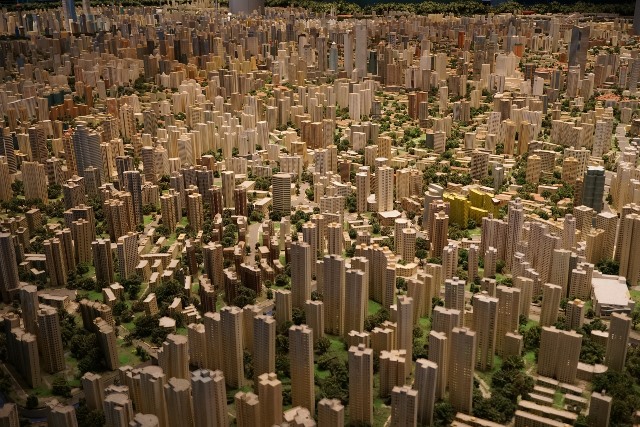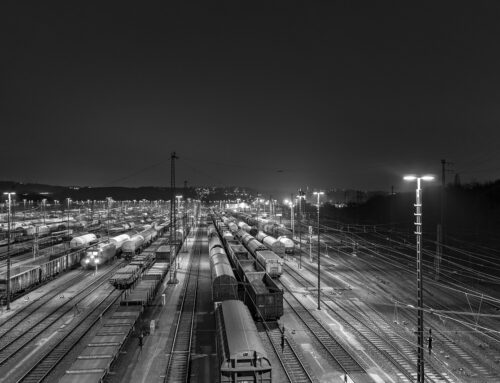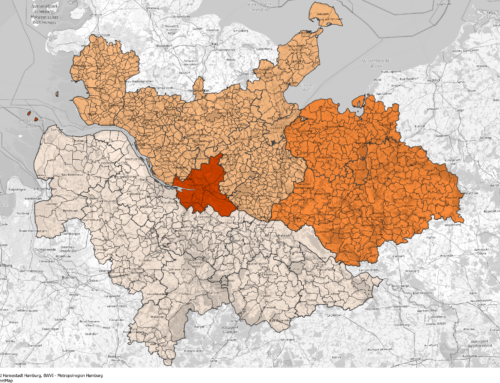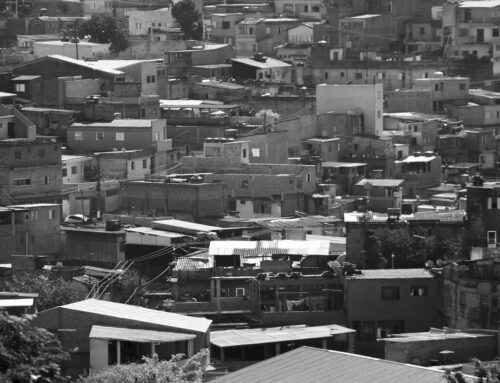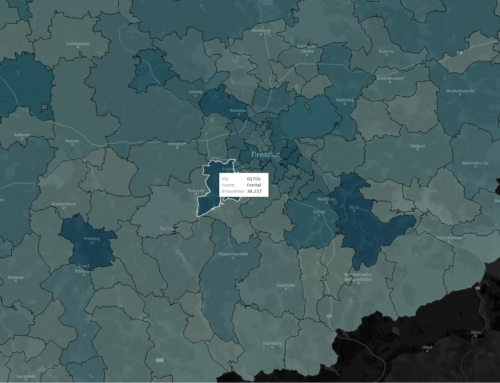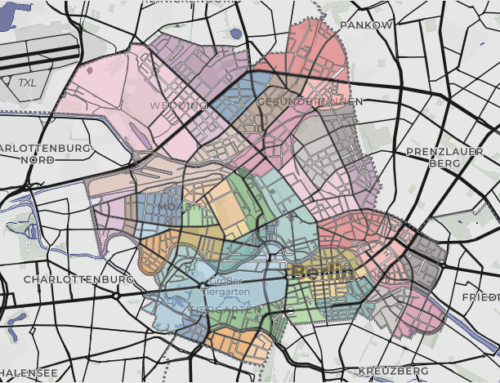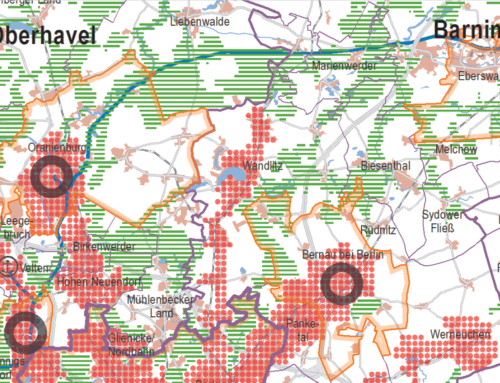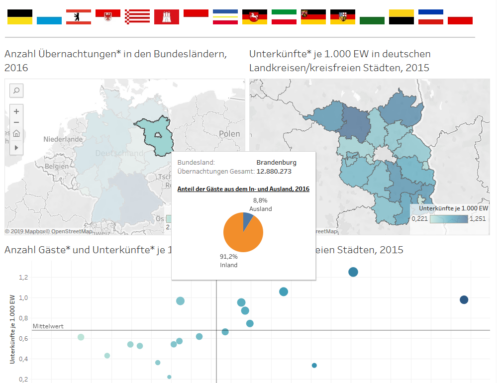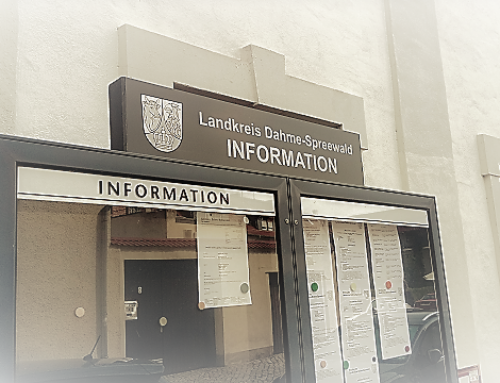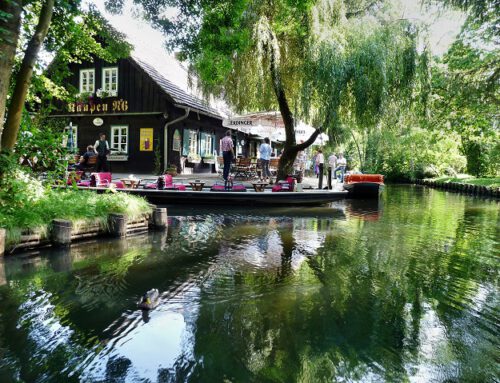Project description
in view of a positive external migration balance over the years, a continuously increasing number of inhabitants as well as a noticeable rise in rental and housing prices, the extent and spatial structure of an appropriate density of the city is once again being discussed in Berlin. in view of the current population forecasts, the question arose as to which densities should and can be realised in which locations in the future. evaluation criteria include the quality of life in the city, the desired structural character as well as the avoidance of over- and under-utilisation of the existing infrastructures. the inventory of the current density(ies) in Berlin included correspondingly different functional densities: buildings, living, working, tourism. to clarify the question, the urban density of Berlin was compared with the densities in other German and European metropolises. Hamburg, Munich, Cologne, London and Vienna were selected as comparison cities. the study is predominantly
In this project I was responsible for the content management and, in parts, the data acquisition.
(Note: The project descriptions modified by me and presented here have been created jointly by the respective project participants)
Further information
Period
2015 – 2016
Keywords
Big Data
Data analysis
Urban development
Density
Comparison of cities


